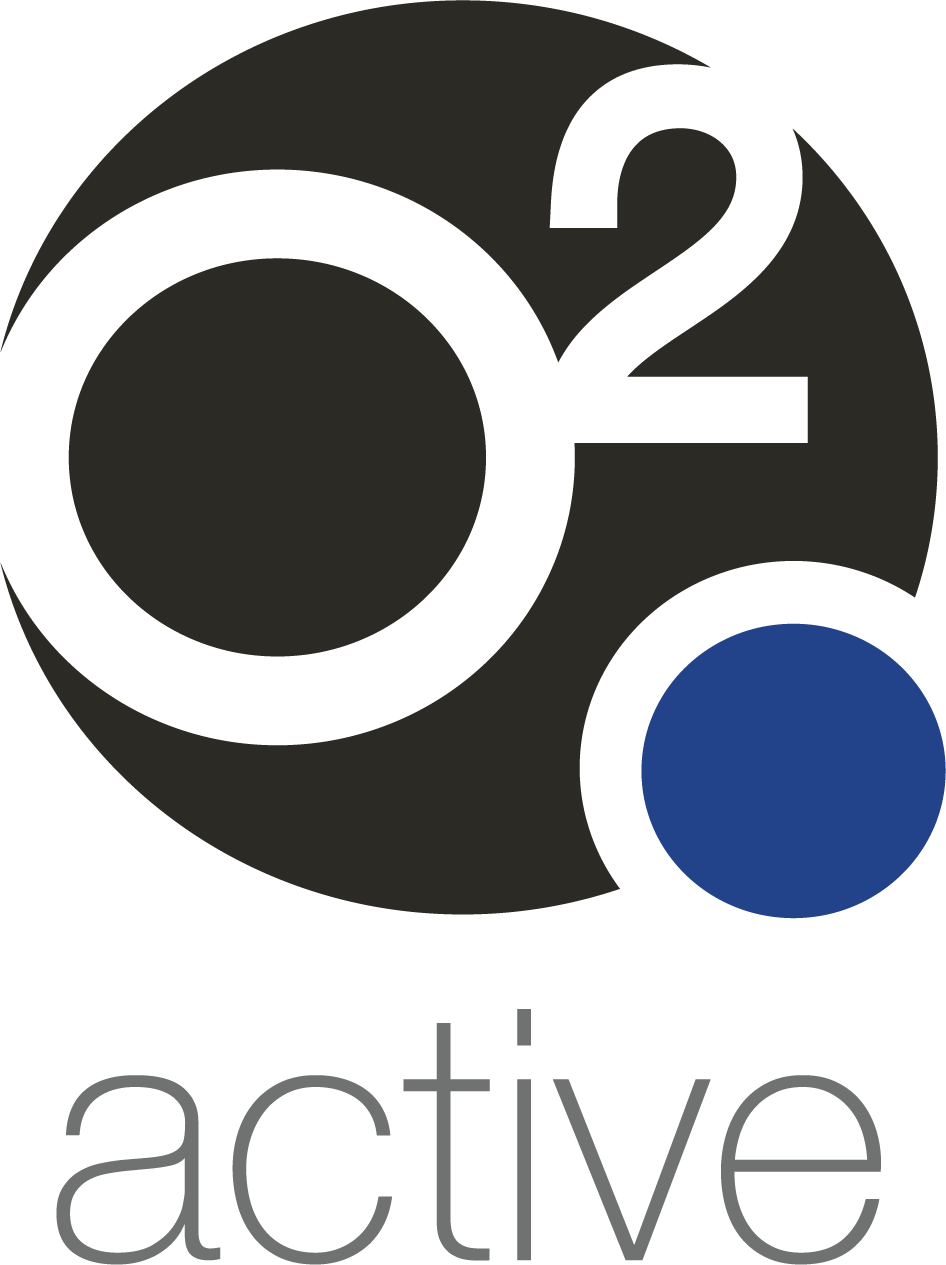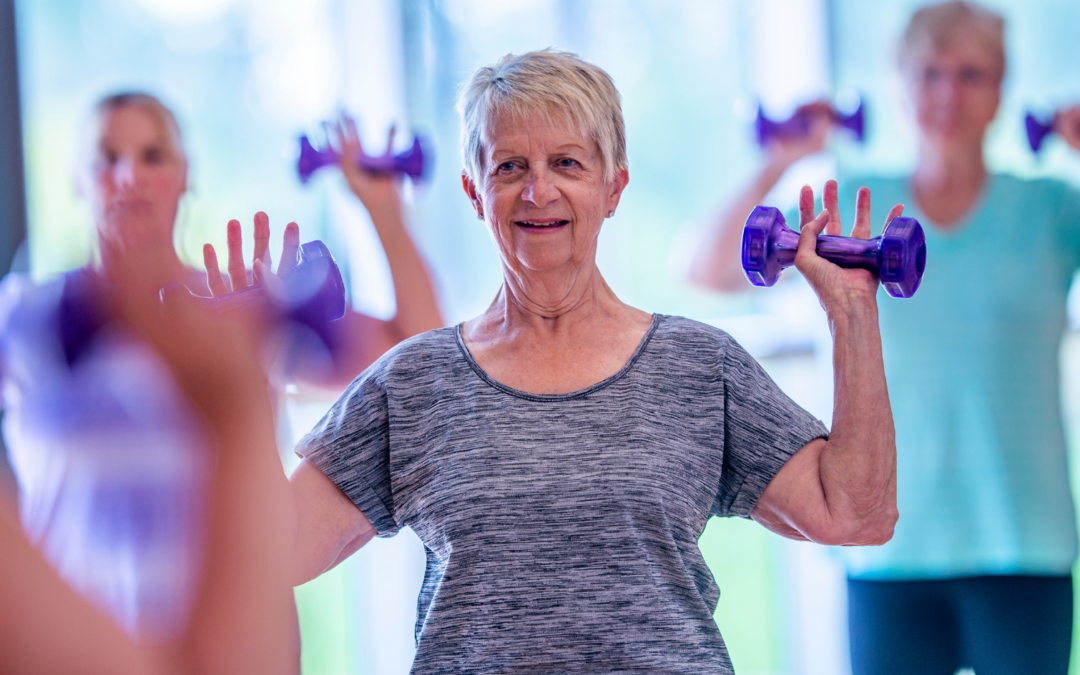As women age, conditions of the musculoskeletal system, which include our bones, muscles, and joints, become increasingly more common. Along with arthritis and back pain, osteoporosis, which affects our bones, is one of the three main conditions that can have a profound impact on a woman’s quality of life and wellbeing, especially in the postmenopausal years.
Our bones are living tissue that give our body structure, allow us to move and protect our organs. Bone density refers to how porous our bones are. Think of it like a sponge scattered with small holes—the more space within the bone, the less dense it is. Bone density is vitally important as we age because the less dense our bones are, the more likely they are to break, even as a result of a simple injury caused by tripping or walking into a piece of furniture. Therefore, bone mineral density is a strong indicator of bone fracture risk.¹
Osteopenia simply describes low bone density following a bone density scan/test. Osteopenia is based on the result from this scan and is in the range between normal and osteoporosis. And, despite many women not knowing, half of all fractures occur in people over 50 years with osteopenia.
Osteoporosis is a condition where bones become thin and lose strength, with osteoporosis literally meaning ‘porous bone’. This can lead to broken bones, which in turn causing pain, disability and make everyday activities difficult. Around the world 1 in 3 women over the age of 50 years old will suffer a broken bone due to osteoporosis. ²
However, until a minimal trauma fracture occurs, osteoporosis has no obvious symptoms and so many cases go undiagnosed. Therefore, it is difficult to determine the true prevalence of the condition (that is, the number of people with the conditions. Osteoporosis is often called the ‘silent disease’ because most people don’t know they have osteoporosis until they suffer a broken bone. Further, even after breaking a bone, around 80% of patients are still not diagnosed and treated for osteoporosis, the underlying disease which has caused the fracture. (IOF website)
The importance of movement and exercise for bones density in women
Exercise plays an important role in maintaining bone health and is recognised as an effective lifestyle strategy to build a strong skeleton and maintain bone strength throughout life. Healthy Bones Australia reports that research has demonstrated that when it comes to our bones not all exercise is equal. Bones benefit when a certain amount of impact or strain is placed on them making specific types of exercise most beneficial. ⁴
There are three types of exercise recommended:
1. Weight bearing impact loading – Exercises that work against gravity to stimulate bone. It is through the weight of the body on the bones that the bones become stronger over time.
2. Resistance Training – Movements that emphasise power and balance through the use of added weights to enhance strength and stability.
3. Balance Training – Exercises that strengthen the muscles that keep you upright such as your legs and core which helps to improve stability and assist in preventing falls.
It is recommended that exercise is supervised, especially when first beginning an exercise program, with an Accredited Exercise Physiologist or experienced exercise specialist. And, given that it has been shown that high-intensity and high-impact exercise show the greatest improvements in bone density, especially for post-menopausal women with low to very low bone mass, ⁵precautions must be taken to ensure a participant’s safety, especially for those with comorbidities.
Furthermore, women, and men, diagnosed with osteoporosis should avoid exercises that comprise of twisting of the spine and hip motions, such as those movements in golf, tennis, or bowling, as well as avoiding extreme curving of the spine forward, such as toe touches and sit-ups. Research has confirmed that regular exercise, including the three different types recommended above, has a significant positive impact on bone density. ⁶ Therefore, including regular movement and exercise, and starting earlier rather than later, will ensure that bones remain strong coming into a women’s postmenopausal years and later.
References:
- Crandall CJ, Larson J, Wright NC, et al. Serial Bone Density Measurement and Incident Fracture Risk Discrimination in Postmenopausal Women. JAMA Internal Medicine 2020;180(9):1232-1240, doi:10.1001/jamainternmed.2020.2986
- About Osteoporosis | International Osteoporosis Foundation
- Estimating the prevalence of osteoporosis in Australia, Summary – Australian Institute of Health and Welfare (aihw.gov.au)
- Fact Sheets – Healthy Bones Australia
- Watson, S.L., Weeks, B.K., Weis, L.J., Harding, A.T., Horan, S.A. and Beck, B.R. (2018), High-Intensity Resistance and Impact Training Improves Bone Mineral Density and Physical Function in Postmenopausal Women With Osteopenia and Osteoporosis: The LIFTMOR Randomized Controlled Trial. J Bone Miner Res, 33: 211-220. https://asbmr.onlinelibrary.wiley.com/doi/10.1002/jbmr.3284
- Kemmler, W., Shojaa, M., Kohl, M. et al.Effects of Different Types of Exercise on Bone Mineral Density in Postmenopausal Women: A Systematic Review and Meta-analysis. Calcif Tissue Int107, 409–439 (2020). https://doi.org/10.1007/s00223-020-00744-w

